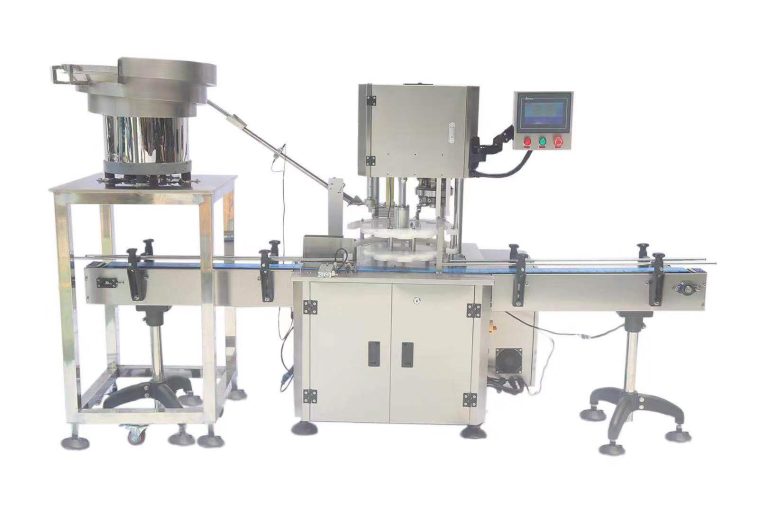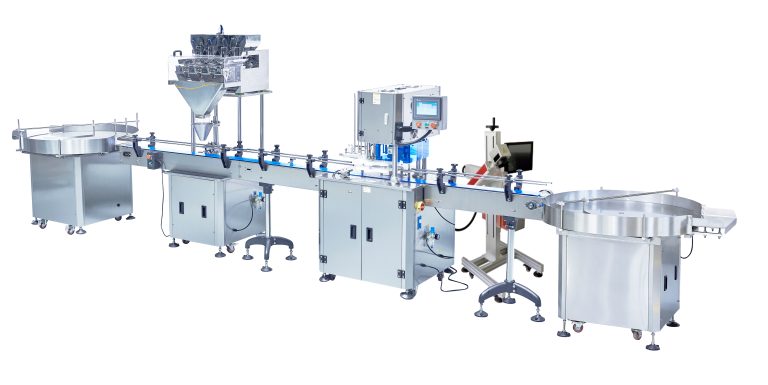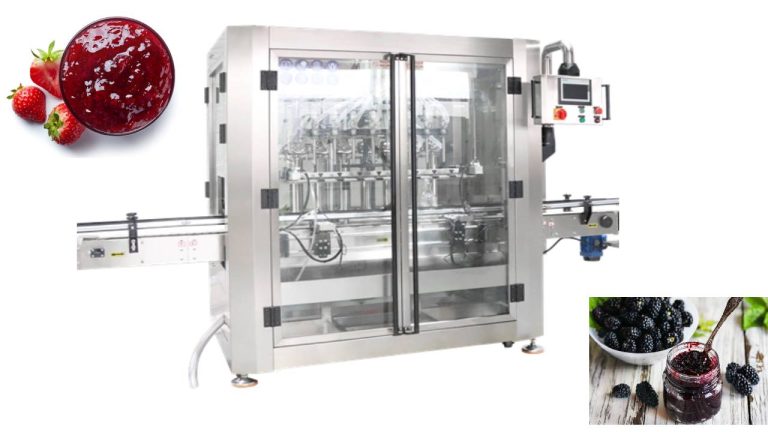Table of Contents
Benefits of Using Semi Auto Can Sealing Machine
Semi auto can sealing machines are essential equipment for businesses in the food and beverage industry. These machines are designed to seal cans quickly and efficiently, ensuring that the products inside remain fresh and safe for consumption. Understanding the operation steps of a semi auto can sealing machine is crucial for maximizing its benefits and ensuring smooth production processes.

The first step in operating a semi auto can sealing machine is to set up the machine properly. This includes adjusting the height of the sealing head to match the size of the cans being sealed and ensuring that the machine is securely placed on a stable surface. Once the machine is set up, the next step is to turn it on and allow it to warm up to the desired temperature.
After the machine has warmed up, the operator can begin the sealing process by placing a can on the platform and lowering the sealing head onto the can. The machine will then automatically seal the can using heat and pressure, creating a tight seal that prevents air and contaminants from entering the can. Once the sealing process is complete, the operator can remove the sealed can and repeat the process with the next can.
One of the key benefits of using a semi auto can sealing machine is its efficiency. These machines are capable of sealing hundreds of cans per hour, allowing businesses to increase their production capacity and meet customer demand. Additionally, semi auto can sealing machines are easy to operate, requiring minimal training for operators to use effectively.
Another benefit of using a semi auto can sealing machine is the consistency and quality of the seals it produces. These machines are designed to seal cans with precision, ensuring that each can is sealed properly and securely. This helps to prevent leaks and spoilage, ensuring that the products inside remain fresh and safe for consumption.
In addition to efficiency and quality, semi auto can sealing machines also offer cost savings for businesses. By automating the sealing process, businesses can reduce the need for manual labor and increase production output, leading to lower operating costs and higher profits. Additionally, the consistent seals produced by these machines help to reduce product waste and improve overall product quality.
Overall, understanding the operation steps of a semi auto can sealing machine is essential for businesses in the food and beverage industry. By following these steps and utilizing the benefits of these machines, businesses can increase their production capacity, improve product quality, and reduce operating costs. With their efficiency, consistency, and cost savings, semi auto can sealing machines are a valuable investment for any business looking to streamline their production processes and deliver high-quality products to customers.
Step-by-Step Guide on Operating Semi Auto Can Sealing Machine
Semi-automatic can sealing machines are essential equipment in the food and beverage industry for sealing cans securely and efficiently. Understanding the operation steps of a semi-auto can sealing machine is crucial for ensuring smooth and effective production processes. In this article, we will provide a step-by-step guide on operating a semi-auto can sealing machine to help you maximize its performance and productivity.
The first step in operating a semi-auto can sealing machine is to ensure that the machine is properly set up and calibrated. This includes adjusting the height and width of the sealing head to match the size of the cans being sealed. It is also important to check that the machine is clean and free of any debris that could affect its performance.
Once the machine is set up, the next step is to turn it on and allow it to warm up to the desired temperature. This is important for ensuring that the sealing process is effective and that the cans are sealed securely. It is recommended to follow the manufacturer’s instructions for the specific temperature settings required for the type of cans being sealed.
After the machine has warmed up, the next step is to place the cans on the conveyor belt or feeding mechanism of the machine. It is important to ensure that the cans are properly aligned and spaced out to prevent any jams or misalignments during the sealing process. Once the cans are in place, the operator can start the sealing process by activating the machine’s sealing mechanism.
As the cans move through the machine, the sealing head will come down and press against the lids of the cans, creating a secure seal. It is important to monitor the sealing process to ensure that the cans are being sealed properly and that there are no issues with the sealing head or mechanism. If any problems are detected, the operator should stop the machine immediately and address the issue before continuing.
Once the sealing process is complete, the cans can be removed from the machine and inspected for quality control. It is important to check that the seals are secure and that there are no leaks or defects in the cans. Any cans that do not meet the quality standards should be removed and resealed or discarded to prevent any issues with product integrity.
After the cans have been inspected and approved, they can be labeled and packaged for distribution. It is important to follow proper labeling and packaging procedures to ensure that the cans are properly identified and protected during transportation and storage. This will help to maintain the quality and integrity of the products and prevent any issues with contamination or spoilage.
In conclusion, understanding the operation steps of a semi-auto can sealing machine is essential for ensuring efficient and effective production processes in the food and beverage industry. By following the step-by-step guide outlined in this article, operators can maximize the performance and productivity of their semi-auto can sealing machines and produce high-quality sealed cans for distribution.






